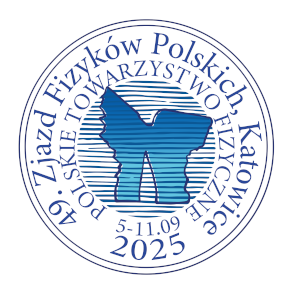Speaker
Description
U-TE-Ge compounds exhibit remarkable coexistence of ferromagnetism and superconductivity which attracts attention of the scientific community to study unique physical properties and potential applications in nuclear industry. The orthorhombic crystal structure is characterized by layers with U atoms in zigzag chains. Recently synthesized UNi$_{0.34}$Ge$_2$ is so far the only exception in this family because it orders antiferromagnetically below 45 K and superconductivity has not been observed yet. Highly anisotropic magnetic structure with two easy axes was observed in magnetization, specific heat, thermal expansion [1] and in transport measurements.
Ab initio calculations are challenging in this case because of U-5f electrons near the Fermi level and structural disorder. Usually, strongly interacting U-5f electrons are described with DFT+U approach in which the parameters are chosen to reproduce, for example the experimentally determined magnetic moments or XPS spectrum. In this work we demonstrate that the thermopower, which is frequently much easier to be experimentally determined, is a sensitive probe of electronic correlations which may be successfully used to assess the magnitude of electronic correlations. The electronic structure and thermopower of UNi$_{0.34}$Ge$_2$ was calculated using DFT methods [2,3] and we found that Seebeck coefficient is more sensitive to the choice of Hubbard U and J parameters than e.g. magnetic moments and compared to experiment allows to properly determine their values.
References
[1] A. Pikul et al., Phys. Rev. Materials 6, 104408 (2022).
[2] G. Kresse et al., Phys. Rev. B 54, 11169 (1996).
[3] G. Madsen et al., Comput. Phys. Commun. 231,140-145 (2018)

